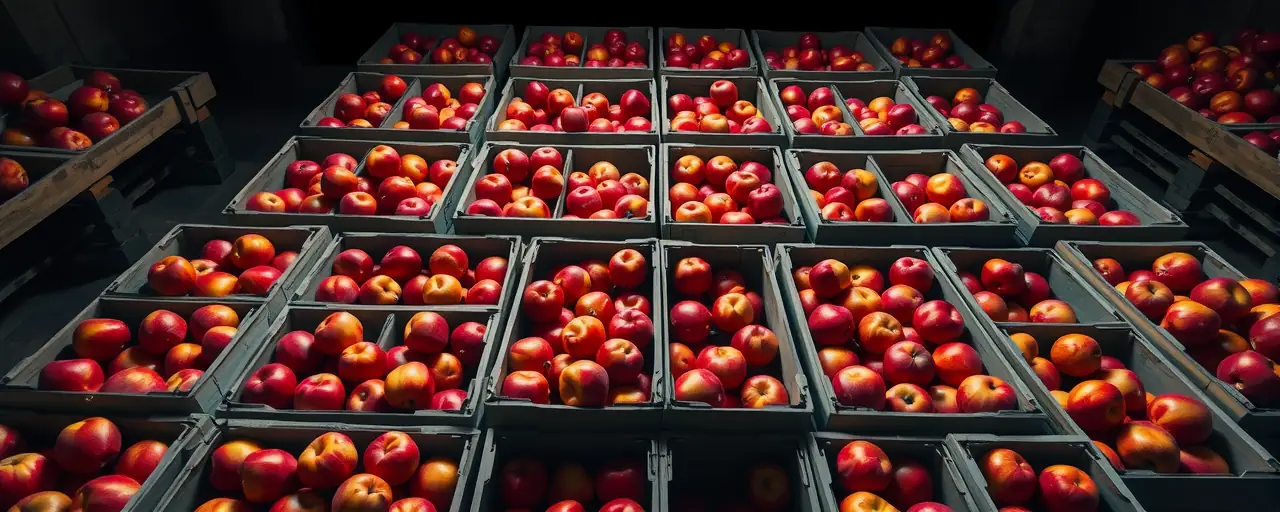A Plan to Feed and Support
On May 23, 2025, the U.S. Department of Agriculture announced a $67 million purchase of fresh seafood, fruits, and vegetables. The aim is clear: deliver nutritious food to food banks and nutrition programs while supporting American farmers. This initiative, rooted in a 1935 law, tackles hunger and agricultural challenges in one sweep.
The plan channels surplus commodities like Atlantic groundfish, canned pears, and Pacific pink shrimp to communities in need. It’s part of a broader effort, with the USDA already spending over $600 million this fiscal year on similar purchases. These moves ensure families access healthy food while farmers gain stability in volatile markets.
Hunger persists as a real issue. In 2023, 18 million U.S. households—13.5 percent—faced food insecurity, struggling to afford enough to eat. Children fare worse, with nearly one in five living in food-insecure homes. Programs like The Emergency Food Assistance Program (TEFAP) are critical, and this purchase strengthens their reach.
The Mechanics Behind the Mission
Section 32 of the Agriculture Act of 1935 powers this effort. It allocates 30 percent of customs receipts—about $1.6 billion in 2024—to buy surplus crops and distribute them to nutrition programs. The Agricultural Marketing Service (AMS) spent nearly $900 million in 2023 on meats, dairy, fruits, and seafood for school lunches, TEFAP, and other initiatives.
This purchase includes $20 million for Atlantic groundfish, $16 million for Pacific pink shrimp, $14 million each for canned pears and Great Northern beans, and $3 million for dried sweet cherries. These choices balance food bank needs with market conditions, offering farmers a price buffer and communities access to quality food.
Debate surrounds the approach. Some question whether it favors certain crops, potentially sidelining smaller producers. Others argue surplus purchases don’t tackle deeper issues like poverty or food access disparities. Yet, the program’s ability to aid both agriculture and hungry families keeps it relevant in policy discussions.
Hunger, Policy, and Real Lives
Food insecurity touches millions. Feeding America reported in 2023 that 47 million people lived in food-insecure households, needing $32 billion more each year to meet basic food needs. Rural areas and communities of color face higher rates, with child hunger in some counties reaching 50 percent. Federal programs like SNAP and TEFAP are vital lifelines.
Policy debates shape these programs’ future. Some lawmakers advocate stricter work rules or state-led models, citing cost savings and self-reliance. Others push for expanded benefits, highlighting how 2021’s Thrifty Food Plan update reduced poverty. Both sides agree hunger is a problem, but solutions vary widely.
USDA’s commodity buys offer a practical workaround. By focusing on surplus, they deliver aid without diving into eligibility disputes. Still, food banks, serving 50 million people in 2023, can’t fully bridge systemic gaps. The charitable network stretches to meet demand, but long-term fixes remain elusive.
What’s Next: Impact and Challenges
This $67 million purchase will ripple outward. Since 2021, local food programs have injected $691 million into small producers, sparking up to $1.5 billion in economic impact. Section 32 purchases, though smaller, similarly support farmers with steady demand and food banks with reliable supplies.
Questions persist. Will these foods reach the hardest-hit communities, like rural or minority households? Can they keep up with rising costs and growing hunger? With farm bill talks looming and proposed $230 billion in agriculture cuts by 2034, TEFAP’s future hangs in the balance. Policy and economic shifts will shape what’s possible.
For now, the USDA’s plan delivers tangible help. It connects farmers and families, using a proven tool to ease hunger and market pressures. As food banks fill shelves and producers plan ahead, these dollars will make a difference in fields and homes nationwide.
